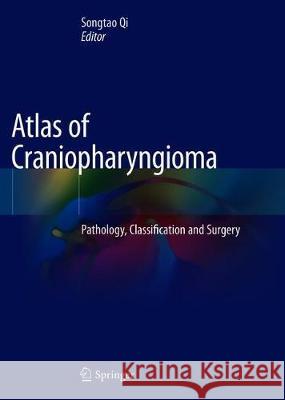Atlas of Craniopharyngioma: Pathology, Classification and Surgery » książka
topmenu
Atlas of Craniopharyngioma: Pathology, Classification and Surgery
ISBN-13: 9789811373213 / Angielski / Twarda / 2019 / 167 str.
Atlas of Craniopharyngioma: Pathology, Classification and Surgery
ISBN-13: 9789811373213 / Angielski / Twarda / 2019 / 167 str.
cena 563,56
(netto: 536,72 VAT: 5%)
Najniższa cena z 30 dni: 539,74
(netto: 536,72 VAT: 5%)
Najniższa cena z 30 dni: 539,74
Termin realizacji zamówienia:
ok. 22 dni roboczych.
ok. 22 dni roboczych.
Darmowa dostawa!
Kategorie BISAC:
Wydawca:
Springer
Język:
Angielski
ISBN-13:
9789811373213
Rok wydania:
2019
Wydanie:
2020
Ilość stron:
167
Waga:
0.94 kg
Wymiary:
27.9 x 21.0
Oprawa:
Twarda
Wolumenów:
01











